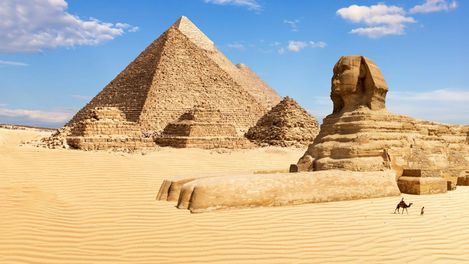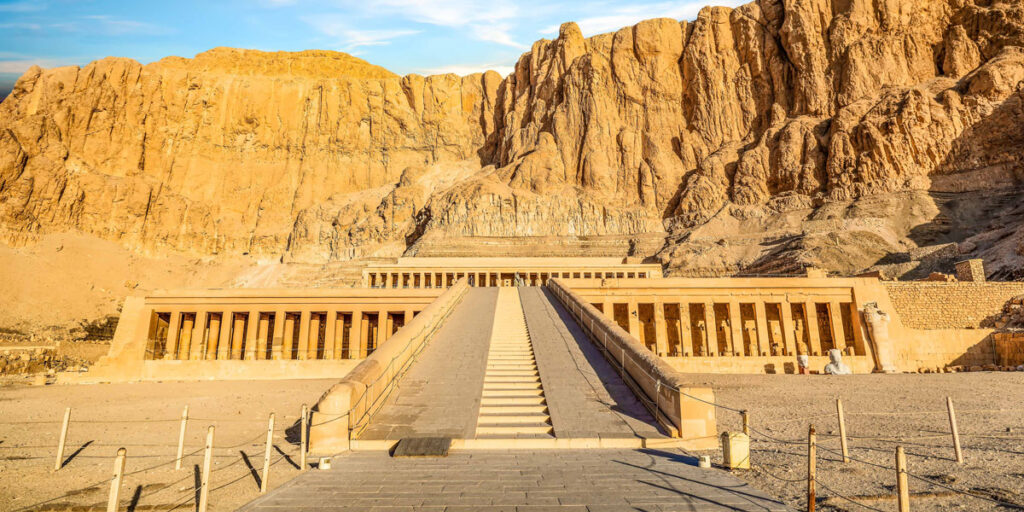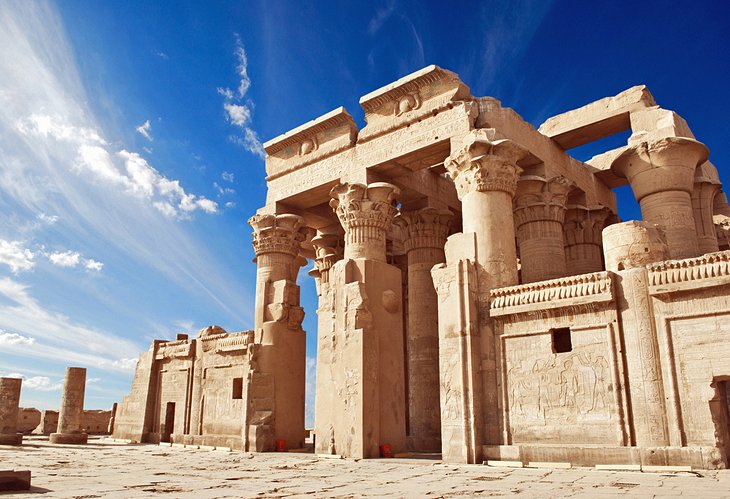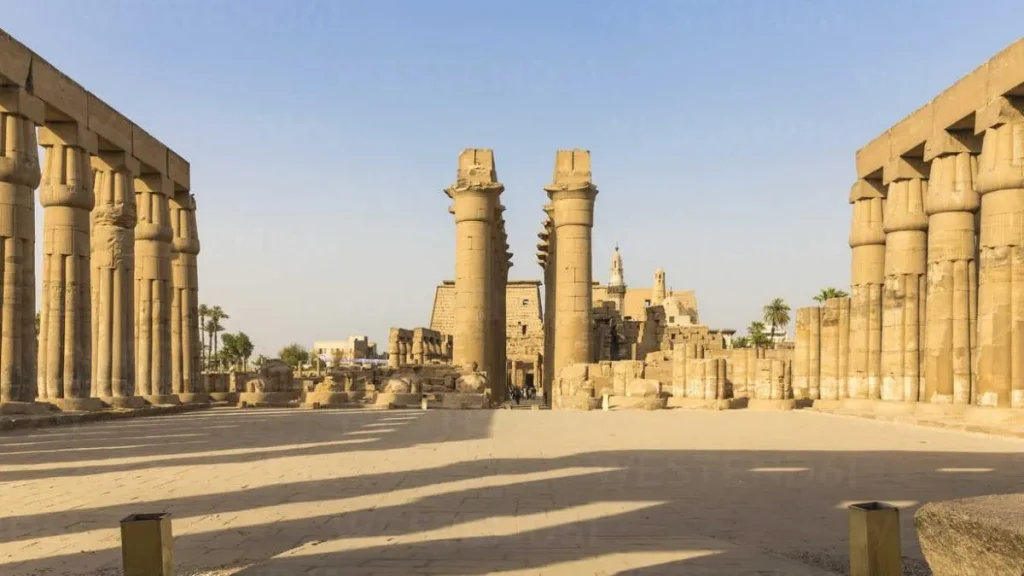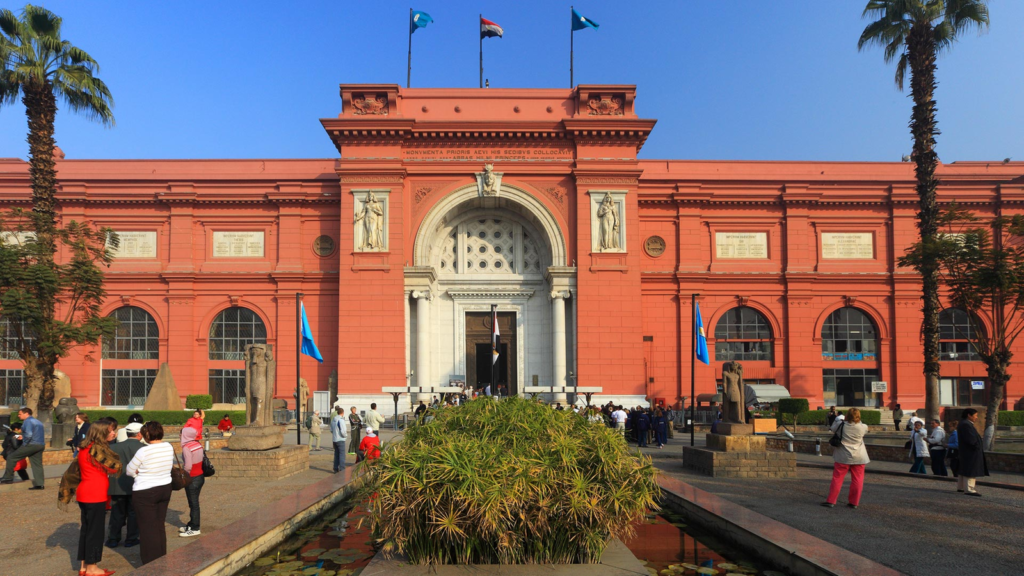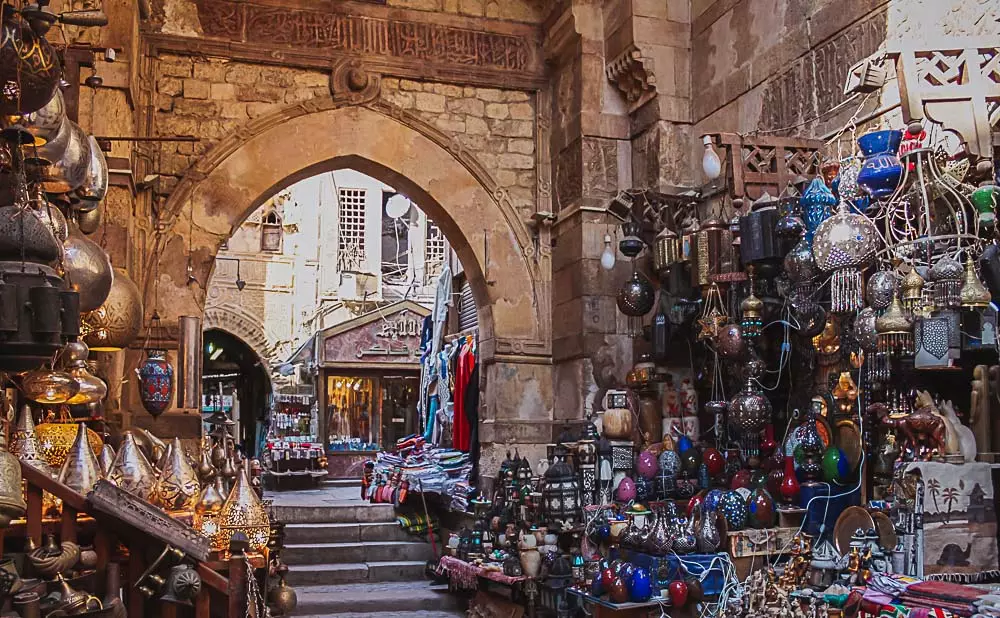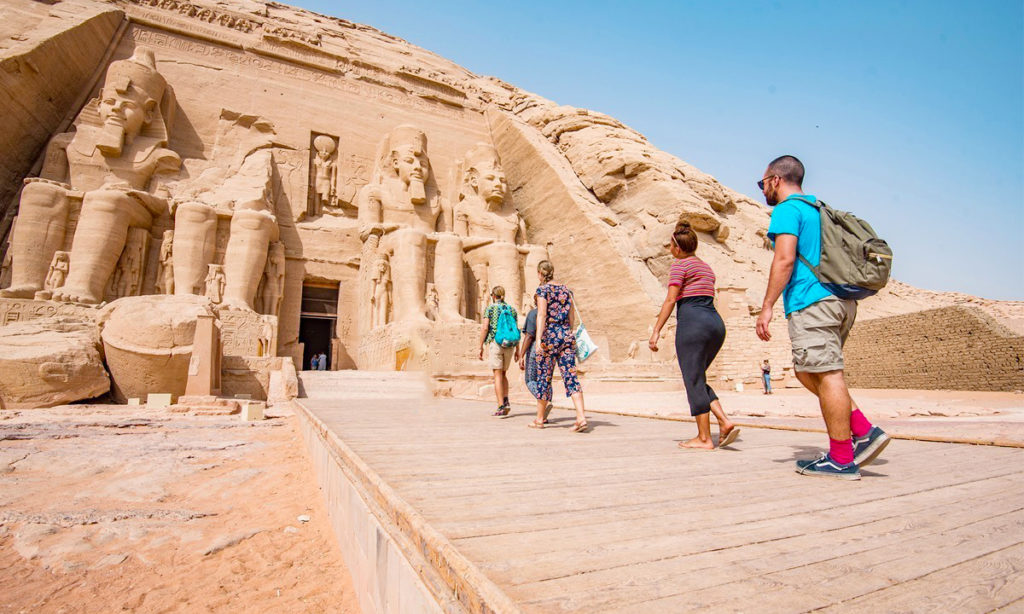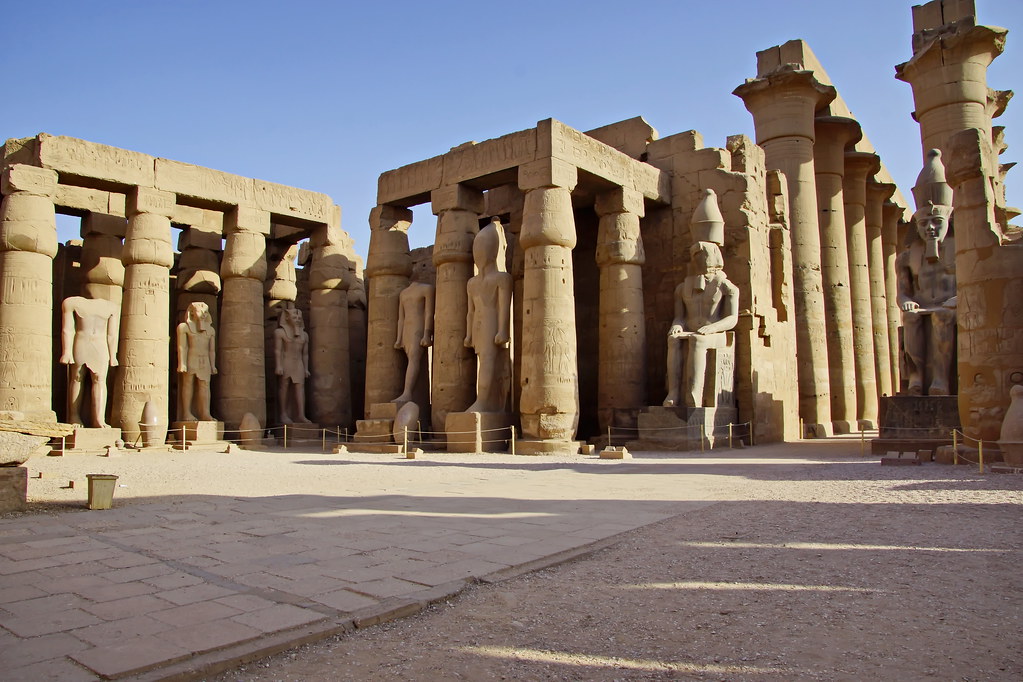After breakfast, your private Egyptologist will accompany you to today’s highlights.
You’ll first head in your private vehicle to the world-famous Egyptian Museum.
Enjoy your visit as your guide shares fascinating details about the history of the museum.
The Egyptian Museum is one of the most important landmarks in Cairo. Its foundation stone was laid on April 1, 1897, based on the plans of French architect Marcel Dourgnon, and it was officially opened in 1902 during the reign of King Abbas Helmy II. The construction took four years and eight months. It is the largest museum in the world dedicated to ancient Egyptian art, housing over 150,000 artifacts displayed across two floors and more than 100 halls.
You’ll then enjoy your lunch at a local restaurant.
After lunch, continue to the Memphis area:
Memphis – located near the modern village of Mit Rahina, not far from Cairo – was listed as a UNESCO World Heritage Site in 1979, along with its vast necropolis.
The ancient city of Memphis, said to have been founded around 3100 BC by the legendary first pharaoh King Menes, served as Egypt’s capital during the Early Dynastic Period (c. 3100–2686 BC) and the Old Kingdom (c. 2686–2181 BC). It remained one of the most important cities in Egypt for over three thousand years.
Memphis was the center of worship for the god Ptah, whose temple was one of the most significant religious sites in ancient Egypt. The name “Egypt” itself is believed to have originated from the ancient name of this temple, Hikuptah, meaning “The Temple of the Ka (soul) of Ptah”, which later evolved into the Greek “Aigyptos”.
The city’s long history is reflected in the sheer number and size of surrounding ancient cemeteries, including (from north to south): Abu Rawash, the Giza Plateau, Zawyet al-Aryan, Abu Ghurab, Abusir, Saqqara, Mit Rahina, and Dahshur.
After your visit to Memphis, return to your hotel for your overnight stay.


